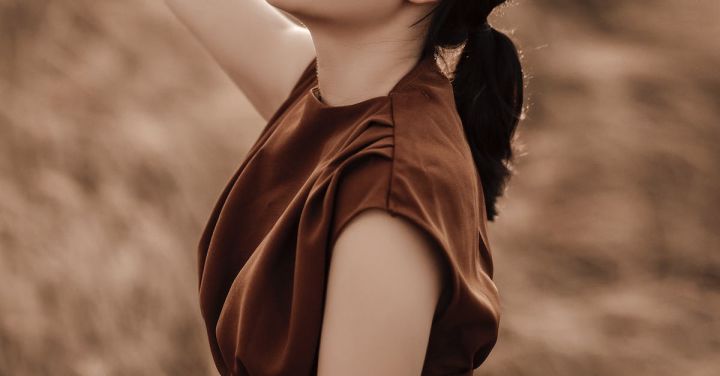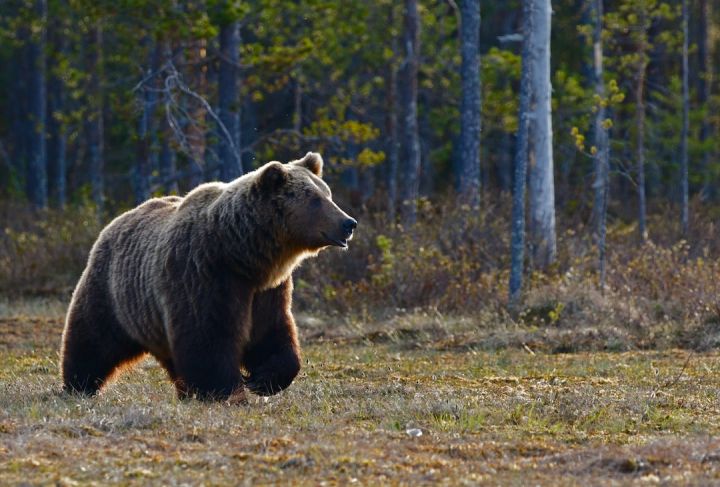Is it Safer to Wear Bright Colors in Bear Country?
When venturing into bear country, one may wonder if wearing bright colors can provide an added layer of safety. Bears are known for their keen sense of smell and hearing, but how do they perceive color? In this article, we will explore the science behind bear vision and determine whether wearing bright colors can indeed make a difference in mitigating bear encounters.
Understanding Bear Vision
Before delving into the effectiveness of bright colors, it is essential to understand how bears perceive the world around them. Contrary to popular belief, bears do not see in black and white. They actually possess color vision, albeit with some limitations. Research has shown that bears have dichromatic vision, meaning they can see shades of blue and green but struggle to differentiate between red and green hues. This limited color perception is due to the composition of their retinas, which contain a higher number of blue and green-sensitive cones compared to red-sensitive cones.
The Role of Bright Colors
Given their limited color vision, one might assume that wearing bright colors would be highly visible to bears, making them more likely to avoid humans. However, the reality is not that straightforward. Bears primarily rely on their exceptional sense of smell and hearing to detect potential threats, rather than visual cues. Their acute olfactory senses allow them to detect scents from miles away, while their excellent hearing enables them to pick up on even the slightest sounds in their surroundings.
The Role of Contrast
Although bears may not perceive red and green colors as vividly as humans do, they are capable of detecting contrast. Bright colors, when contrasted against the natural environment, can potentially catch a bear’s attention. In this sense, wearing bright colors may serve as an additional visual cue that signals the presence of humans, potentially prompting a bear to steer clear of the area. However, it is important to note that this effect may be minimal, as bears primarily rely on their other senses to assess potential threats.
The Importance of Noise
While the visual aspect of wearing bright colors in bear country may have limited impact, the noise factor should not be overlooked. Bears are highly sensitive to sound and can easily be startled by sudden noises. Wearing brightly colored clothing with built-in noisemakers, such as bells or whistles, can alert bears to the presence of humans from a distance. The noise produced by these accessories can serve as an additional deterrent, giving bears ample time to retreat before an encounter occurs.
Conclusion: A Multifaceted Approach
In conclusion, while wearing bright colors in bear country may not be a foolproof method for deterring bears, it can contribute to a multifaceted approach to safety. By providing a visual contrast against the natural environment and incorporating noise-making accessories, individuals can potentially increase their chances of avoiding bear encounters. However, it is important to remember that these measures should never replace the fundamental practices of making noise while hiking, storing food properly, and being aware of bear signs and habitats.
Ultimately, the key to bear safety lies in understanding their behavior and respecting their natural habitat. By adopting a comprehensive approach that combines visual cues, noise deterrents, and adherence to best practices, individuals can minimize the risk of bear encounters and ensure a safer experience in bear country.






